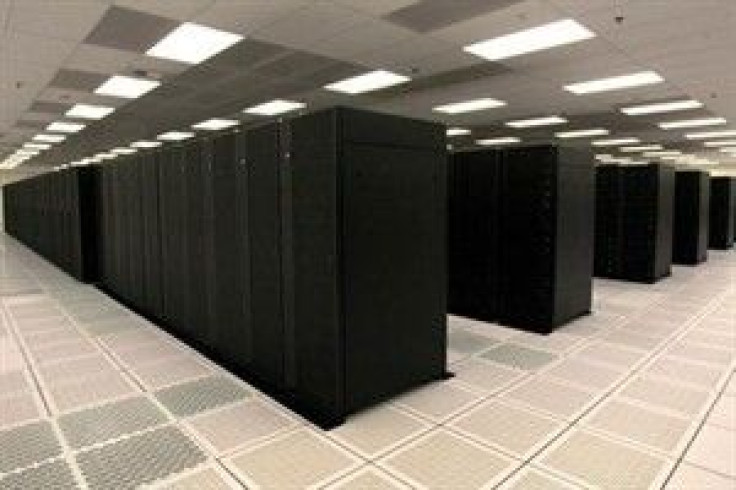China's got the fastest, but US has the greenest supercomputer in IBM's Blue Gene/Q

China has trumped US to gain the top spot for the fastest supercomputer but IBM's Blue Gene, Blue Gene/Q, has been crowned the most energy-efficient of all supercomputers.
In a list supplied by The Green 500 the IBM Thomas J. Watson Research Center housed NNSA/SC Blue Gene/Q Prototype is listed as the greenest, returning 1624.20 megaflops per watt, while the Tsubame 2.0 housed at GSIC Center, Tokyo Institute of Technology, was placed on the second spot returning figures of 958.35 megaflops per watt. The third position is held by National Center for Supercomputing Applications at the University of Illinois supercomputer which was built by students using NVIDA GPUs as accelerators.
The average power efficiency of TOP500 supercomputer is 195 megaflops per watt. The TOP500 supercomputer also cited that the average power consumption of TOP10 supercomputers is on the rise, having risen to 3.2 MW from 2.89 MW six months ago while the energy efficiency is on the decline from 300 megaflops per watt six months ago to 195 megaflops per watt currently.
The fastest supercomputer on the block is China's supercomputer Tianhe-1A system, housed at the National Supercomputer Center in Tianjin, which toppled Cray XT5 Jaguar to become the fastest supercomputer, recording speed of 2.57 petaflops.
According to PC Advisor the Blue Gene/Q is 165 percent more energy efficient than the fastest supercomputer Tianhae-1A. The Chinese supercomputer recorded efficiency metrics of 635 megaflops per watt and was placed tenth in the list of the greenest.
© Copyright IBTimes 2024. All rights reserved.











